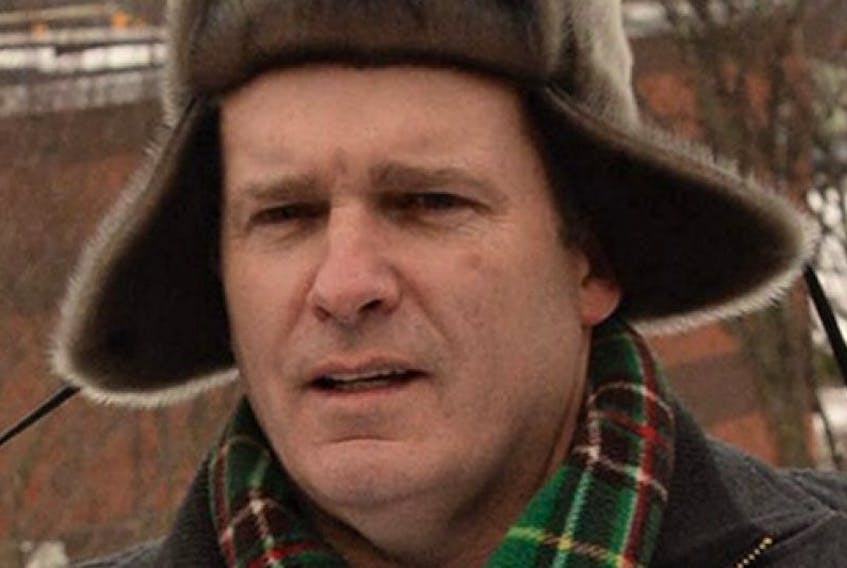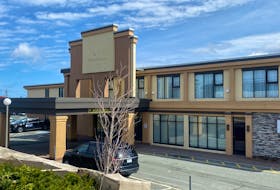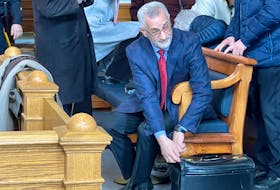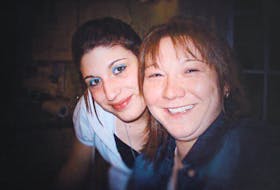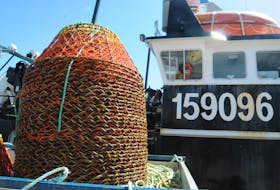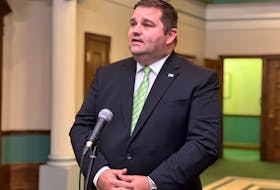The Federation of Independent Sea Harvesters of Newfoundland and Labrador (FISH-NL) says it’s time to bring back a tool that once helped bridge the gap between fishermen and scientists, particularly on issues regarding the state of northern cod.
FISH-NL president Ryan Cleary said before it was disbanded in 2011, the Fisheries Resource Conservation Council (FRCC) helped address the divide between Department of Fisheries and Oceans (DFO) scientists and the fishing industry. The FRCC’s role was to listen to all sides and provide advice to the federal minister on quotas.
“DFO scientists and inshore harvesters are once again complete strangers, just like in the early 1990s when the commercial fisheries failed,” Cleary said. “Another council should be formed immediately to bridge the divide between what fishermen are seeing on the water, and what scientists are seeing in their highly suspect mathematical models.”
The FRCC was formed in 1993 as a partnership between science and industry to recommend quotas and conservation measures for the Atlantic fishery. That started changing in 2002, when the panel was charged with focusing on long-term conservation strategies.
The scrapping of the FRCC, and a similar council on the Pacific coast, came about in 2011 under the Harper administration.
The fisheries minister at the time, Keith Ashfield, defended the decision, saying that “while the FRCC has historically served an important role, activities have been replaced by other approaches, such as the industry is participating in stock assessments and the development of integrated fisheries management plans, and through various advisory committees."
Cleary said, however, the divide between fishermen and science has never been wider.
The 2018 total allowable catch (TAC) for northern cod was 9,500 tonnes, he noted, but some inshore harvesters say the TAC for 2019 should be much higher because the fish have never been more plentiful. At the same time, DFO science has said the stock remains in the critical zone.
Meanwhile, Cleary said that during DFO’s current round of providewide meetings with inshore harvesters, the Fish, Food and Allied Workers’ (FFAW-Unifor) union has called for a 2019 northern cod quota of 35,000 tonnes — a 268 per cent increase from last year.
FISH-NL is calling on the FFAW-Unifor to release the results of the sentinel or test fisheries for northern cod that the union has run in waters around the province since the mid-1990s. In 2017, Cleary noted, the sentinel contracts were worth $1.1 million to the union, and suggested the union also kept the money from the sale of the fish.
“The FFAW-Unifor should know first-hand from the sentinel surveys whether northern cod is up or down,” Cleary said. “It’s time to lay all the information on the table.”
Cleary added a resurrected FRCC could also help deal with the highly controversial proposed new management plan for snow crab known as the precautionary approach, which harvesters and DFO science are butting heads over.

